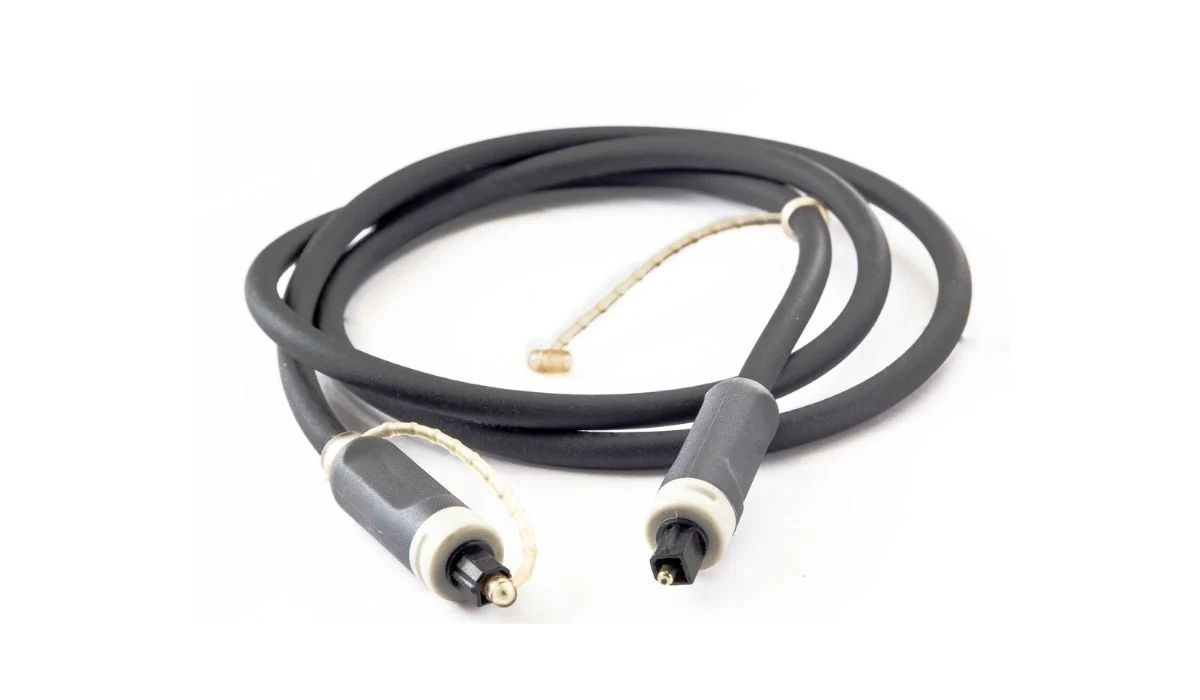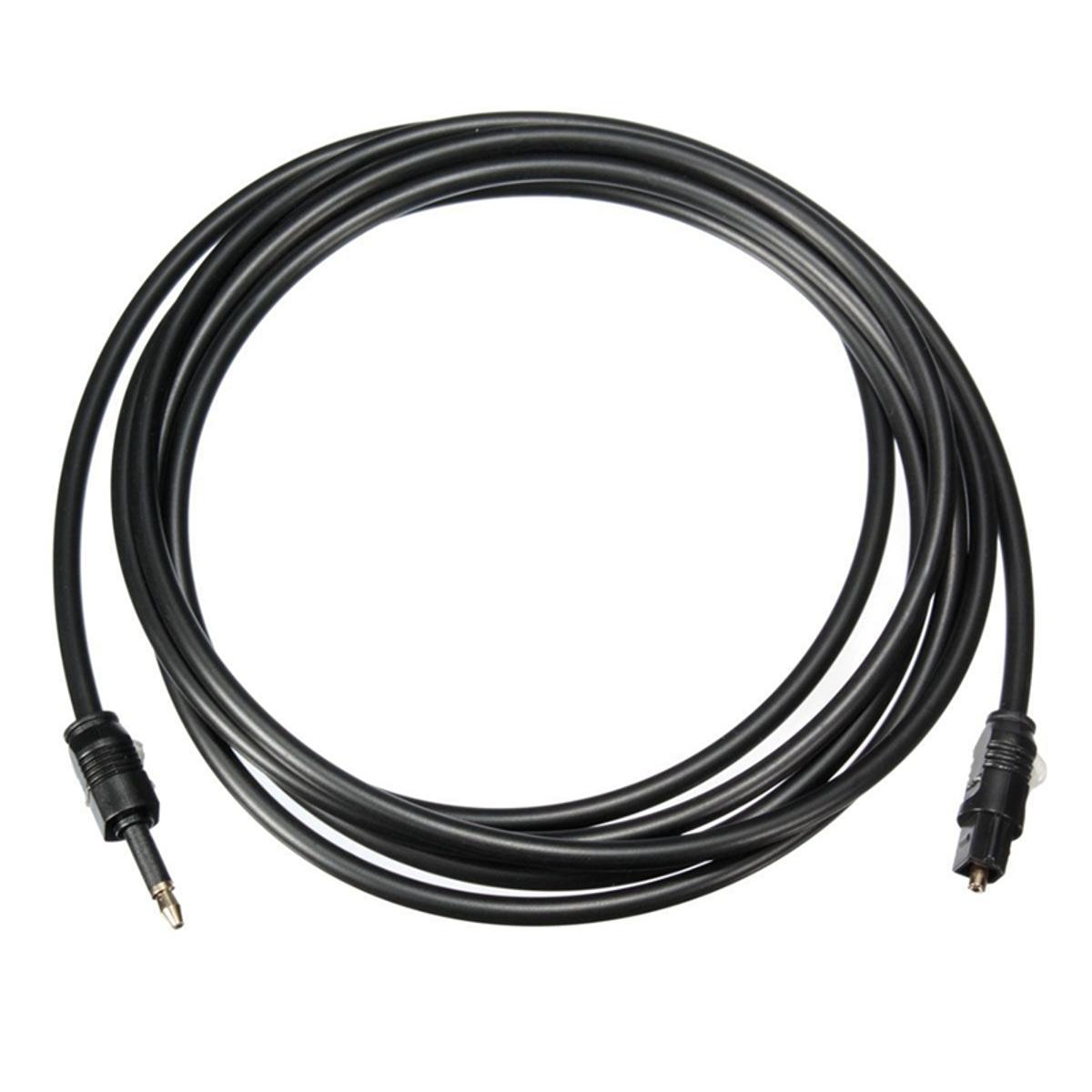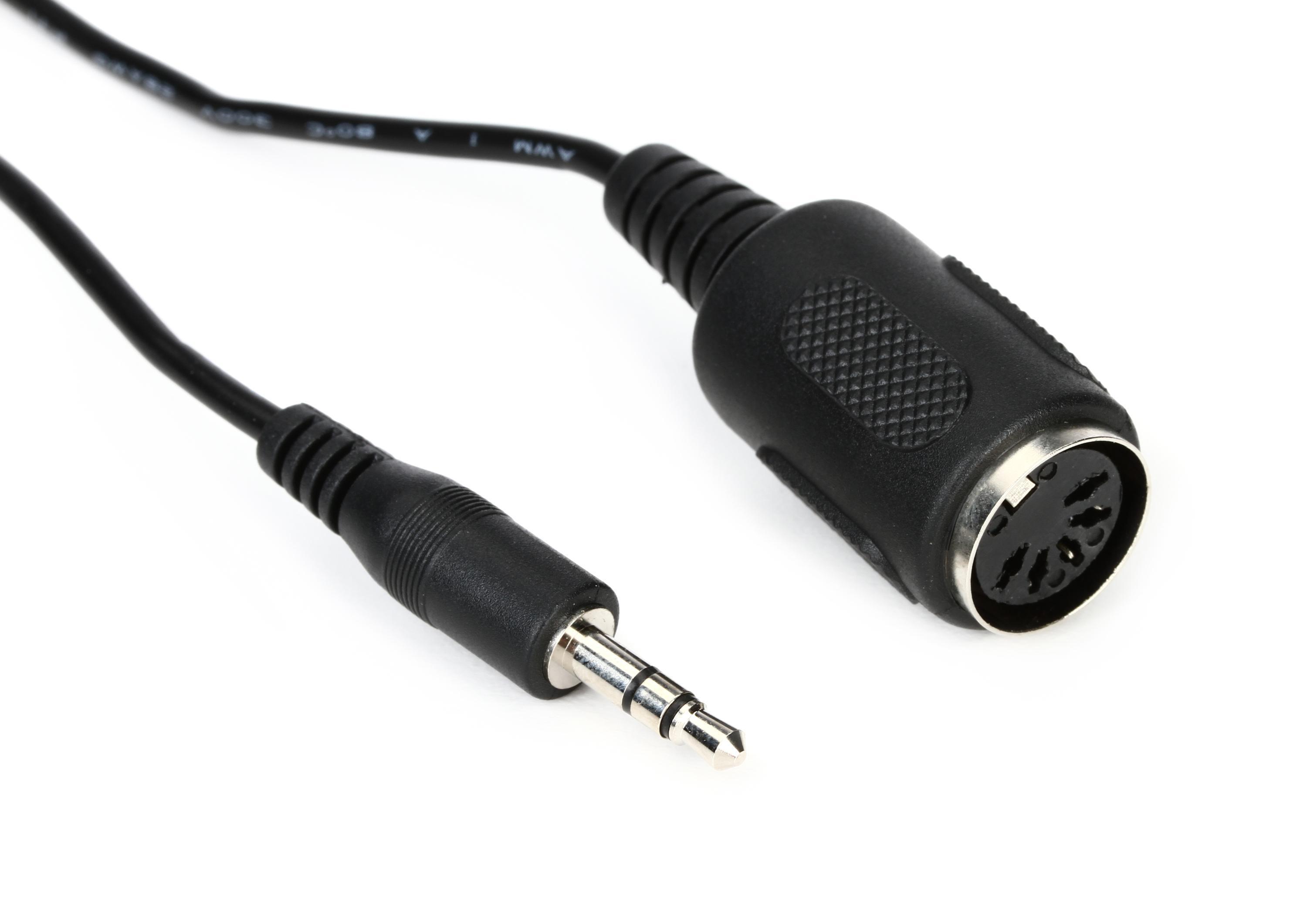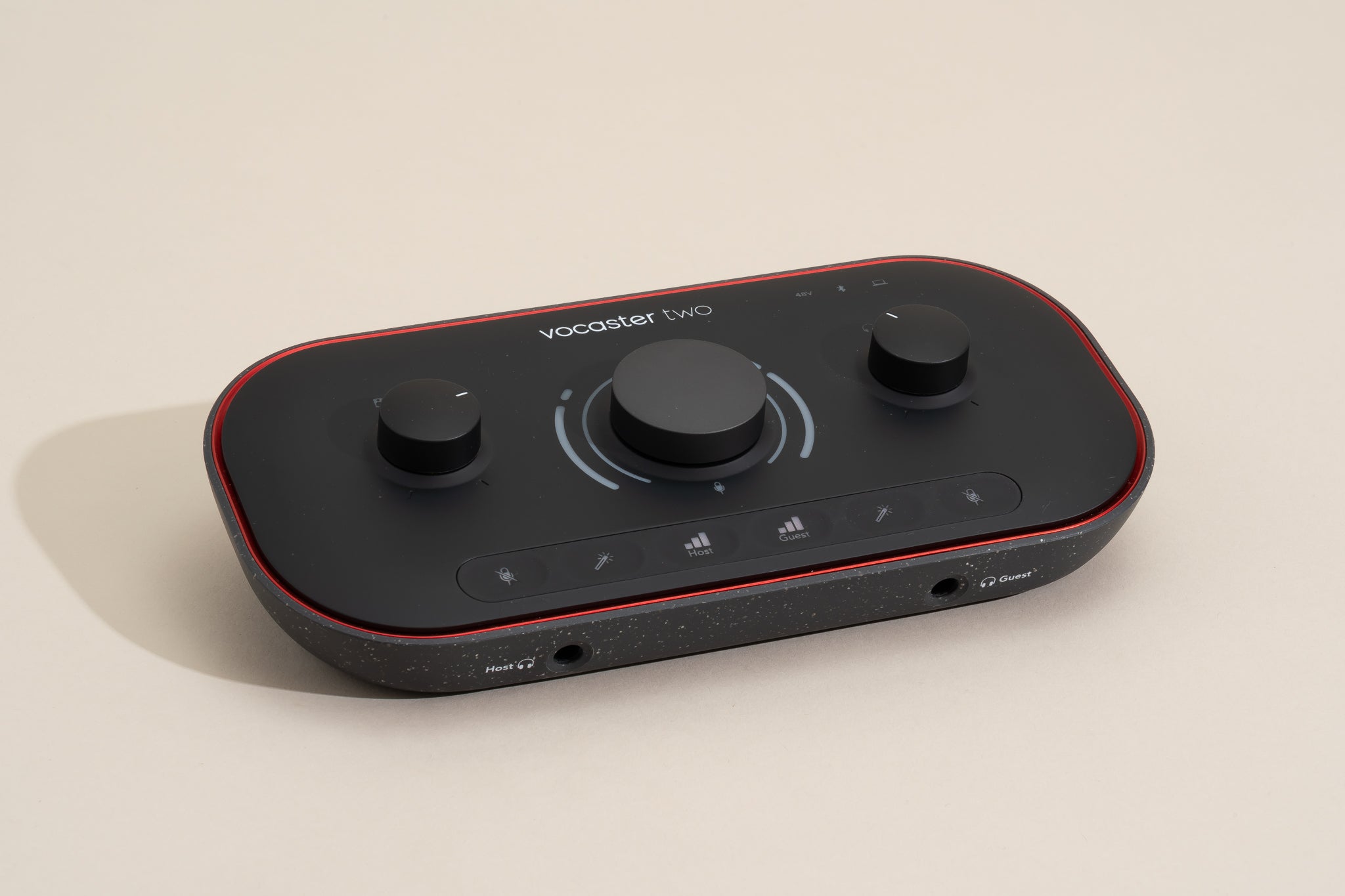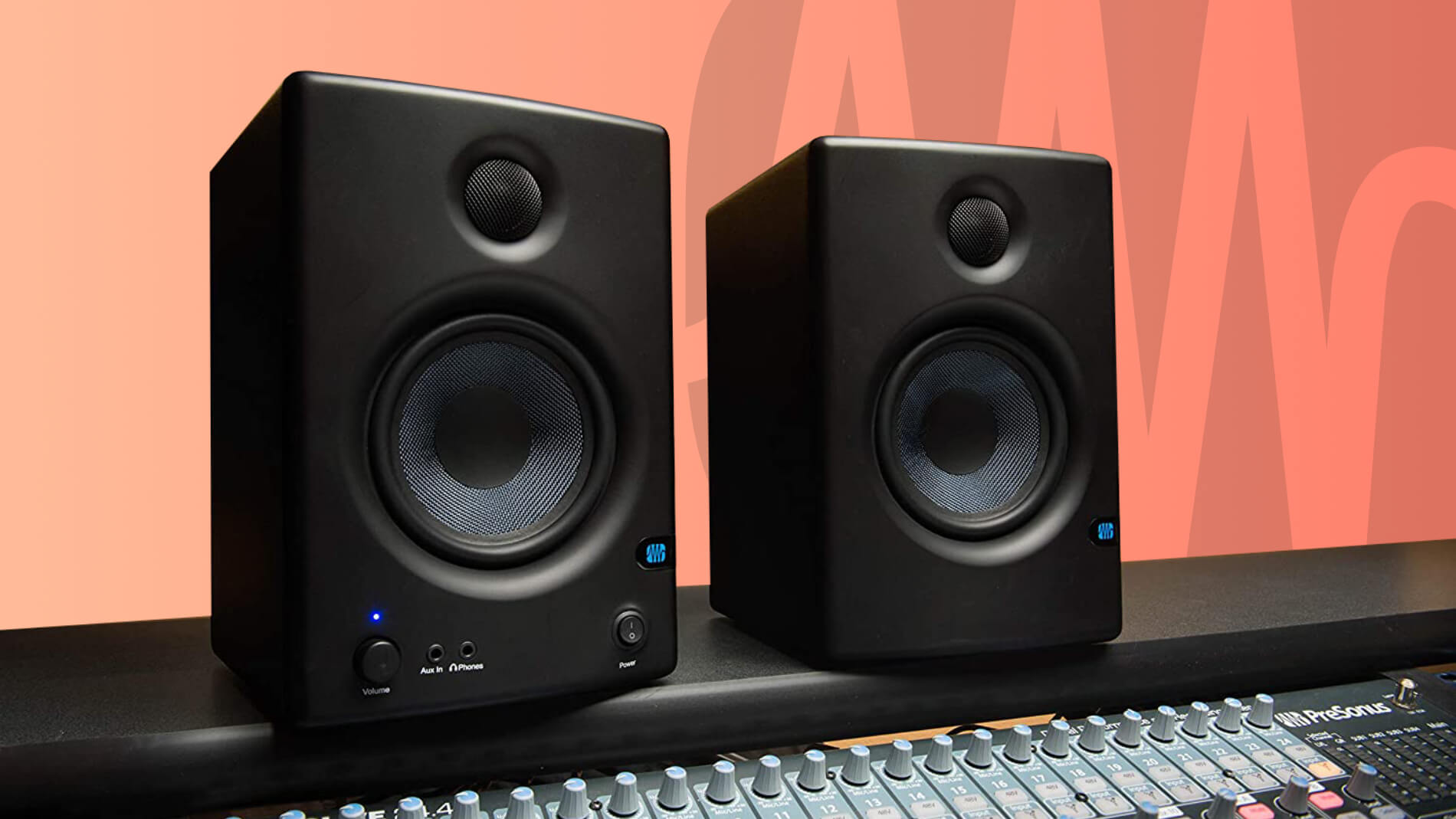Home>Production & Technology>Audio Cable>How Long Can A 3.5 Mm Audio Cable Be
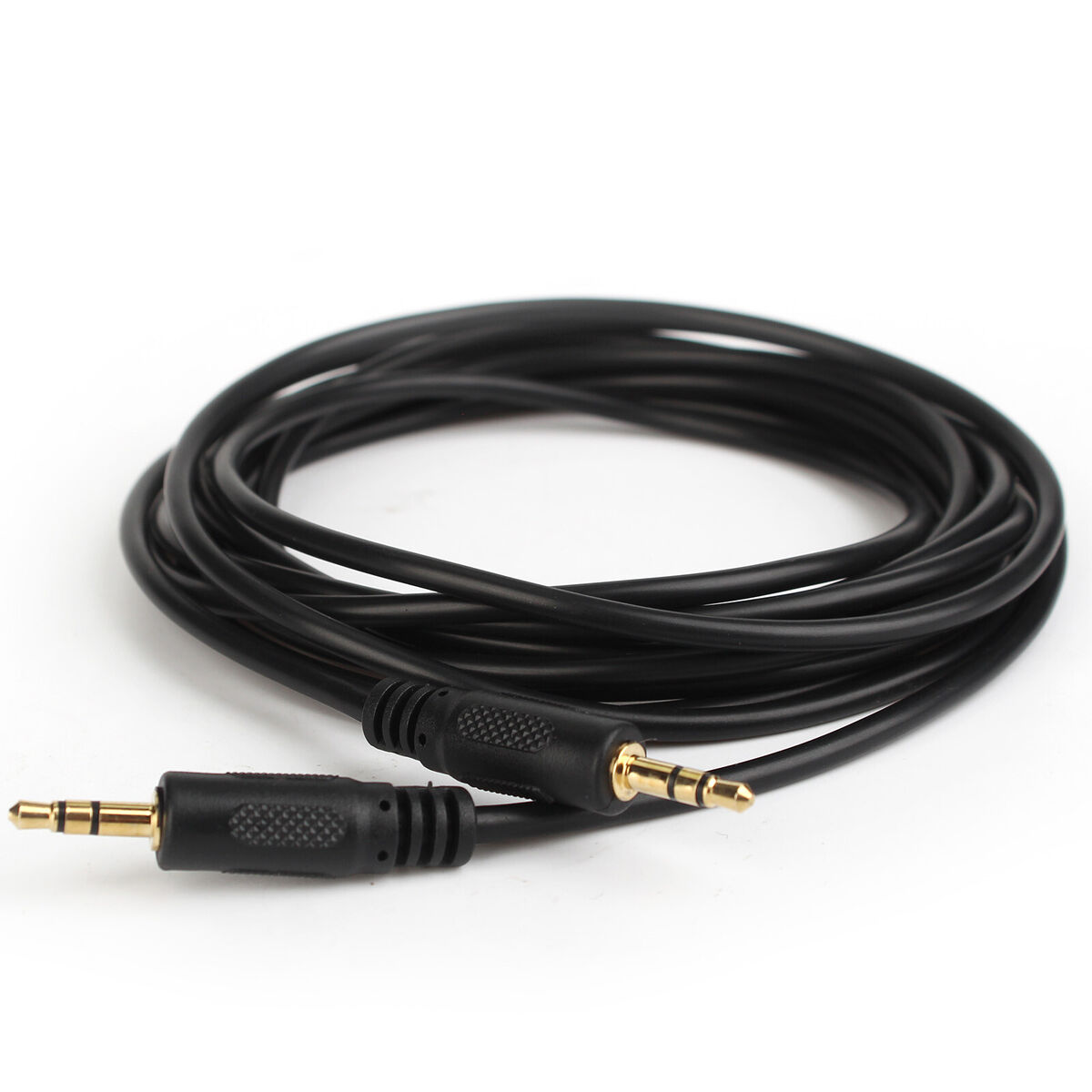

Audio Cable
How Long Can A 3.5 Mm Audio Cable Be
Modified: January 22, 2024
Discover the maximum length of a 3.5 mm audio cable and explore how long it can be. Enhance your audio experience with the right cable length.
(Many of the links in this article redirect to a specific reviewed product. Your purchase of these products through affiliate links helps to generate commission for AudioLover.com, at no extra cost. Learn more)
Table of Contents
- Introduction
- Importance of 3.5mm Audio Cables
- Factors Affecting the Length of a 3.5mm Audio Cable
- The Maximum Recommended Length for a 3.5mm Audio Cable
- Benefits and Drawbacks of Longer 3.5mm Audio Cables
- Common Issues with Lengthy 3.5mm Audio Cables
- Tips for Extending the Length of a 3.5mm Audio Cable
- Conclusion
Introduction
Audio cables are an essential component of any audio setup, ensuring the transmission of high-quality sound signals between devices. One of the most common types of audio cables is the 3.5mm audio cable, also known as the headphone jack or aux cable. It is widely used in various devices such as smartphones, tablets, laptops, MP3 players, and car stereos.
The 3.5mm audio cable has become increasingly popular due to its versatility and convenience. It allows users to connect their devices to speakers, headphones, or other audio output sources effortlessly. Whether you want to listen to music, watch movies, or engage in gaming, a reliable 3.5mm audio cable is crucial for an uninterrupted audio experience.
In this article, we will delve into the world of 3.5mm audio cables, discussing their importance, factors that affect their length, the recommended maximum length, and the benefits and drawbacks of longer cables. Additionally, we will touch upon common issues associated with lengthy audio cables and provide valuable tips for extending the length of your 3.5mm audio cable.
So, whether you’re a tech-savvy audiophile or simply someone who enjoys good music, this article will provide you with the essential information you need to know about the length of a 3.5mm audio cable and its impact on your audio experience.
Importance of 3.5mm Audio Cables
3.5mm audio cables play a pivotal role in connecting audio devices and ensuring a seamless audio experience. Here are some key reasons why these cables are important:
- Versatility: 3.5mm audio cables are incredibly versatile and compatible with a wide range of devices. Whether you want to connect your smartphone to a set of speakers, plug in your headphones to your tablet, or connect your MP3 player to your car stereo, a 3.5mm audio cable does the job efficiently.
- Quality Sound Transmission: These cables are designed to transmit audio signals with minimal loss in quality. The cables utilize a shielded design to minimize interference and ensure a clear and crisp sound output.
- Convenience and Ease of Use: 3.5mm audio cables are user-friendly and require no complex setup. Simply plug one end of the cable into your audio source (such as a smartphone or laptop) and the other end into your audio output device (like headphones or speakers), and you’re good to go.
- Portability: Due to their compact size, 3.5mm audio cables are highly portable. You can easily carry them in your bag or pocket, allowing you to connect your devices wherever you go.
- Affordability: Compared to other types of audio cables, 3.5mm audio cables are relatively inexpensive, making them an affordable option for many users who want to enhance their audio experience without breaking the bank.
Whether you’re a music lover, a movie enthusiast, or a gamer, the importance of 3.5mm audio cables cannot be underestimated. They provide the necessary link between your audio devices, ensuring that you can enjoy your favorite audio content with crystal-clear sound quality.
Factors Affecting the Length of a 3.5mm Audio Cable
When it comes to the length of a 3.5mm audio cable, several factors come into play. These factors can influence the overall performance of the cable and impact the quality of the audio signal. Here are some key factors that affect the length of a 3.5mm audio cable:
- Resistance: The longer the cable, the higher the resistance. Resistance can cause signal loss and degrade the quality of the audio. Therefore, longer cables may have a greater chance of experiencing signal degradation compared to shorter ones.
- Impedance: Impedance is the measure of resistance to an alternating current. Different devices have different impedance levels, and matching the impedance of the audio cable to the device is crucial for optimal sound quality. Using a longer cable can result in a higher impedance, potentially affecting audio quality.
- Interference: Longer cables are more susceptible to interference from various sources like electromagnetic fields and radio frequencies. This interference can lead to unwanted noise and distortion in the audio signal.
- Cable Material: The material used to construct the cable can affect its performance. High-quality cables with better shielding and conductive materials are less likely to experience signal degradation over long distances.
- Connector Quality: The quality of the connectors used on the cable can impact the overall performance. Gold-plated connectors are known to provide better conductivity and minimize signal loss compared to standard connectors.
It’s important to consider these factors when choosing the length of your 3.5mm audio cable. While shorter cables generally provide better signal quality, sometimes you may need a longer cable to accommodate specific setups or environments. Understanding these factors can help you make an informed decision and ensure optimal audio performance.
The Maximum Recommended Length for a 3.5mm Audio Cable
The maximum recommended length for a 3.5mm audio cable can vary depending on several factors, including the quality of the cable and the specific audio setup. While there is no definitive answer, it’s generally recommended to keep 3.5mm audio cables as short as possible to minimize signal loss and maintain optimum sound quality.
For most consumer-grade audio applications, a maximum length of around 6 to 10 feet (1.8 to 3 meters) is considered acceptable without significant signal degradation. However, it’s important to keep in mind that longer cables may introduce some level of signal loss or interference.
If you need to extend the reach beyond the recommended length, it is advisable to use signal boosters or audio distribution amplifiers. These devices can help amplify the audio signal and maintain signal integrity over longer distances.
It’s worth noting that professional audio applications, such as studio recordings or live sound setups, may require higher-quality cables and have more stringent length limitations. In such cases, it’s best to consult with audio professionals or refer to the specifications provided by the equipment manufacturers for optimal cable length.
Additionally, it’s essential to consider the quality of the cable itself. Investing in high-quality cables with proper shielding and robust construction can help minimize signal loss and interference, even at longer lengths.
Ultimately, the recommended maximum length for a 3.5mm audio cable depends on various factors and personal preferences. It’s essential to strike a balance between the desired length and maintaining optimal audio quality for your specific audio setup.
Benefits and Drawbacks of Longer 3.5mm Audio Cables
While it is generally recommended to keep 3.5mm audio cables as short as possible for optimal sound quality, there may be situations where longer cables are necessary. Let’s explore the benefits and drawbacks of longer 3.5mm audio cables:
Benefits:
- Increased Flexibility: Longer cables provide greater flexibility in terms of the placement and positioning of audio devices. This can be especially useful in situations where the audio source and output device need to be placed at a significant distance from each other.
- Improved Reach: Longer cables allow you to connect audio devices in larger rooms or venues where shorter cables may not be sufficient. This can be beneficial for events, presentations, or performances that require audio equipment to be spread out over a larger area.
- Convenience: A longer 3.5mm audio cable offers convenience by eliminating the need for extra extension cables or adapters. This can be particularly advantageous in scenarios where multiple devices need to be connected and a centralized setup is not feasible.
Drawbacks:
- Signal Degradation: Longer cables have higher resistance, which can lead to signal loss and degrade the audio quality. The longer the cable, the greater the chances of experiencing noticeable signal degradation, resulting in compromised sound reproduction.
- Interference and Noise: Longer cables are more susceptible to picking up electromagnetic interference and external noise, which can introduce unwanted hums, buzzes, or static into the audio signal. This can significantly impact the listening experience and overall sound quality.
- Cost: Longer 3.5mm audio cables generally require more materials, which can result in higher costs compared to shorter cables. Additionally, if you need to extend the length significantly, you might need to invest in additional equipment such as signal boosters or amplifiers, further adding to the overall cost.
Considering these benefits and drawbacks, it’s important to assess your specific audio needs and environment before opting for a longer 3.5mm audio cable. While longer cables offer increased flexibility, they also come with the potential trade-offs of compromised sound quality and increased costs. Striking the right balance between cable length and audio performance is essential to ensure a satisfactory listening experience.
Common Issues with Lengthy 3.5mm Audio Cables
While longer 3.5mm audio cables can provide greater flexibility in audio setups, they are also prone to several common issues that can impact the overall audio quality. Understanding these issues can help you troubleshoot and mitigate any problems that may arise when using lengthy 3.5mm audio cables. Here are some of the most common issues:
- Signal Loss: Longer cables have higher resistance, which can result in signal loss as the audio travels through the cable. This can lead to a decrease in volume, loss of clarity, and reduction in overall sound quality. Using signal boosters or audio distribution amplifiers can help combat this issue by amplifying the signal and compensating for the loss.
- Interference and Noise: Lengthy cables are more susceptible to picking up electromagnetic interference and external noise, which can introduce unwanted hums, buzzing, or static into the audio signal. This interference can be caused by nearby power sources, wireless devices, or poor cable shielding. Ensuring proper cable shielding and keeping the cable away from sources of interference can help reduce this problem.
- Connection Instability: Longer cables can be more susceptible to connection issues due to their length and weight. The weight of the cable can put strain on the connectors, leading to loose or unstable connections. It is important to ensure a secure and tight connection between the cable and the devices to prevent audio dropouts or intermittent sound issues.
- Increased Cable Rattle: With longer cables, there is a higher chance for cable rattle, especially when the cable moves or is disturbed. Cable rattle can cause unwanted noise to be transmitted through the audio signal. Utilizing cable management techniques such as cable ties or clips can help minimize cable movement and reduce the occurrence of cable rattle.
- Aesthetic and Practical Challenges: Lengthy cables can become tangled or difficult to manage, potentially causing inconvenience and a cluttered appearance in your audio setup. Proper cable management techniques, such as using cable organizers or routing cables neatly, can help mitigate these challenges.
Being aware of these common issues associated with lengthy 3.5mm audio cables can help you anticipate and address them effectively. By implementing proper troubleshooting techniques and adopting appropriate cable management practices, you can minimize these issues and optimize the audio quality of your setup.
Tips for Extending the Length of a 3.5mm Audio Cable
There may be situations where you need to extend the length of your 3.5mm audio cable to accommodate specific audio setups or environments. Here are some tips to help you extend the length while maintaining optimal audio quality:
- Choose High-Quality Cables: Invest in high-quality 3.5mm audio cables with proper shielding and durable construction. These cables are designed to minimize signal loss and interference, ensuring better sound quality even over longer distances.
- Utilize Signal Boosters or Amplifiers: If you require a significant extension beyond the recommended length, consider using signal boosters or audio distribution amplifiers. These devices amplify the audio signal and help to maintain signal integrity over longer distances.
- Use Balanced Audio Connections: Consider using balanced audio connections, such as TRS (Tip-Ring-Sleeve) or XLR cables, instead of unbalanced 3.5mm audio cables. Balanced audio connections are more resistant to interference and can provide better audio quality for longer cable runs.
- Keep Cables Away from Interference Sources: Avoid running audio cables alongside power cables, wireless devices, or other sources of electromagnetic interference. Keeping the cables separate can help minimize unwanted noise and ensure a cleaner audio signal.
- Ensure Secure Connections: Properly secure the connections between the audio cable and the devices. Loose connections can lead to audio dropouts or intermittent sound issues. Make sure the cable is firmly plugged into the devices and consider using cable connectors or adaptors to provide additional stability.
- Implement Proper Cable Management: Use cable management techniques such as cable ties, clips, or cable organizers to keep the extended cable neatly secured and managed. This helps prevent tangling, reduces cable clutter, and minimizes the risk of cable damage or disconnection.
It’s important to note that while these tips can help extend the length of your 3.5mm audio cable, the overall audio quality may still be affected compared to shorter cable runs. It’s recommended to test the extended setup and adjust as needed to achieve the best possible audio performance.
By following these tips and paying attention to cable quality and proper setup, you can extend the length of your 3.5mm audio cable while maintaining satisfactory audio quality for your specific audio needs.
Conclusion
3.5mm audio cables, also known as headphone jacks or aux cables, are essential for connecting audio devices and enjoying high-quality sound. While it’s generally recommended to keep 3.5mm audio cables as short as possible to minimize signal loss and interference, there are situations where longer cables are necessary. Understanding the factors that affect cable length, as well as the benefits and drawbacks of longer cables, is crucial for optimizing the audio experience.
When extending the length of a 3.5mm audio cable, it’s important to choose high-quality cables with proper shielding and durable construction. Signal boosters or audio distribution amplifiers can be used for significant extensions, and utilizing balanced audio connections can enhance audio quality over longer runs. Proper cable management, secure connections, and keeping cables away from interference sources are essential practices to ensure optimal performance.
While longer 3.5mm audio cables may pose challenges such as signal degradation, interference, and increased costs, they also offer flexibility and convenience in audio setups. Choosing the appropriate cable length depends on the specific audio needs and environment.
Overall, understanding the limitations and considerations when it comes to extending the length of a 3.5mm audio cable empowers you to make informed decisions and optimize your audio setup. Whether it’s for personal enjoyment, professional audio applications, or public events, the right combination of cable length, cable quality, and audio equipment can enhance your listening experience and ensure the highest sound quality possible.

